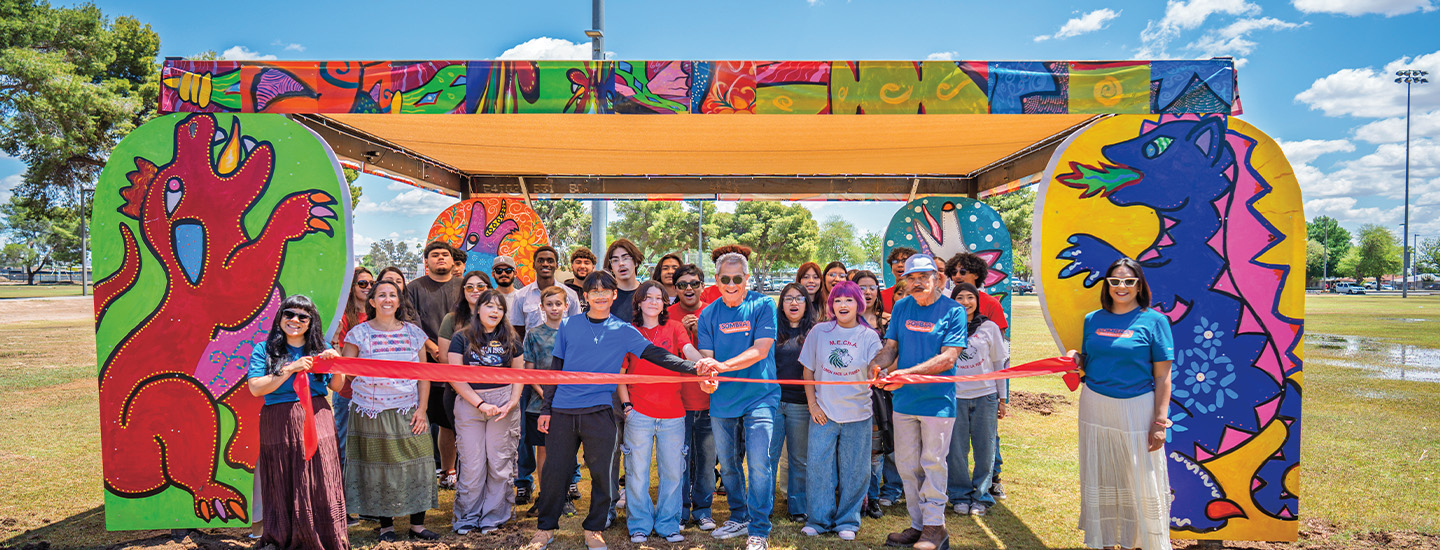TOP 2024 TEMP: 98°F
COOL TOOL: Smart Schoolyards
Imagine if your schoolyard went from paved to paradise. That’s the idea behind a growing effort in Paris, where experts predict up to 25 days of extreme heat a year will be the norm by the end of the century.
Many school playgrounds in the city are covered in asphalt or dark concrete. Those materials make the surrounding space feel even hotter. That increases the risks of heat-related illness for kids and teens playing there.
So, in 2017, Paris launched a project to transform its schoolyards into cooler, greener spaces. Light-colored gravel replaced pavement. Trees, gardens, and fountains were added. Many of the redesigned play areas open to the public after school and during heat waves so more people can benefit from them.
So far, 165 schoolyards have been renovated. Paris aims to redo 360 more by 2030. Meanwhile, the U.S. and other countries are also reimagining schoolyards to help fight extreme heat and preserve play.

